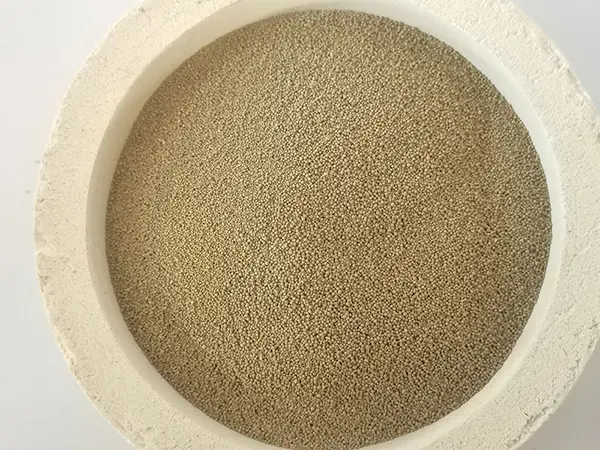What is Gold Sand?
Gold sand, also known as gold dust or placer gold, is a term that refers to small particles of gold that are found mixed within sand or gravel, particularly in riverbeds and beaches. Unlike gold nuggets or larger pieces of gold, gold sand consists of fine particles that have been eroded from larger gold deposits due to natural processes such as weathering and erosion. This phenomenon makes gold sand a fascinating subject for both amateur prospectors and professional miners alike.
Formation of Gold Sand
The majority of gold present in nature occurs in veins or deposits within rock formations. Over millions of years, natural forces, such as wind and water, cause these rocks to break down, releasing the gold particles. These tiny pieces of gold can become concentrated in specific areas due to the action of flowing water, which carries heavier materials downstream, leading to the accumulation of gold in certain spots. Common locations for gold sand collection include riverbanks, the beds of streams, and areas where water slows down considerably, such as behind boulders.
Extraction and Panning
Historically, the search for gold sand has drawn countless prospectors into the field. The most common method of extraction is called panning. In this process, a pan filled with water and sediment is shaken to allow the gold particles to sink to the bottom due to their greater density compared to other materials. As the lighter sediment is washed away, the pan eventually reveals the glittering gold particles trapped at the bottom. While panning can be an arduous task, it is often seen as a rewarding hobby, combining the thrill of treasure hunting with the beauty of nature.
Modern Techniques
what is gold sand

In addition to traditional panning, modern technologies have enhanced methods for extracting gold sand. These can include dredging, using suction devices to vacuum gold-rich sediment from riverbeds, and using vibration table systems that separate gold based on density. Companies involved in mining have also developed more sophisticated machinery to improve the efficiency and yield of gold extraction, making the process more lucrative yet more industrialized.
Environmental Impacts
While gold sand extraction can be profitable, it is essential to recognize the environmental consequences associated with mining activities. Disturbing riverbeds and natural habitats can harm local ecosystems, disrupt wildlife, and cause erosion and degradation of natural resources. Responsible mining practices are critical to minimizing these effects, including replanting vegetation and limiting the disruption of riverbanks. Awareness is growing around eco-friendly practices, particularly as the demand for sustainable sourcing continues to rise.
The Allure of Gold Sand
Gold sand holds a unique appeal for many, attracting both seasoned miners and curious adventurers. The prospect of discovering that elusive sparkle can trigger feelings of excitement and nostalgia, harking back to the famous gold rushes of the 19th century, where hordes of hopeful prospectors risked everything for the chance at fortune. Even beyond the potential financial gains, there’s something intrinsically satisfying about connecting with nature and delving into earth’s hidden treasures.
Conclusion
In conclusion, gold sand is more than just a collection of tiny gold particles; it represents a rich tapestry of adventure, history, and the ongoing quest for value within nature. Whether viewed through a historical lens or through the advances of modern mining technology, the allure of gold sand continues to captivate individuals around the world. As exploration continues, so too does the relationship between humanity and the environment, reminding us of both our resourcefulness and our responsibility to protect the natural world.
Post time:אוק . 12, 2024 09:52
Next:sand in resin
